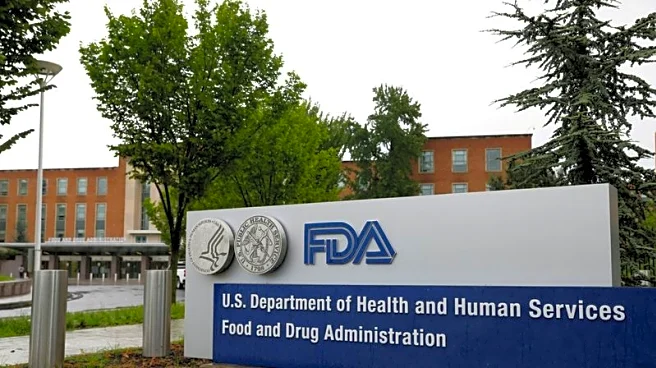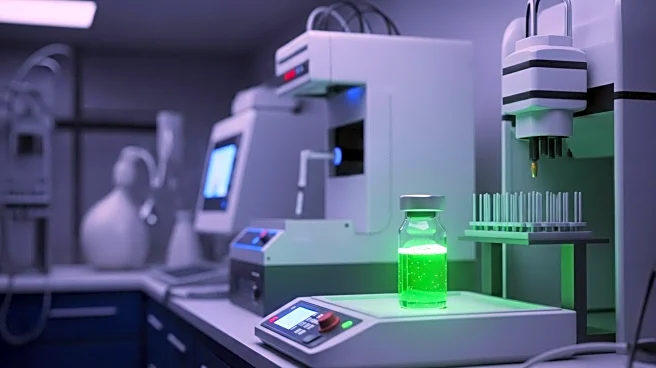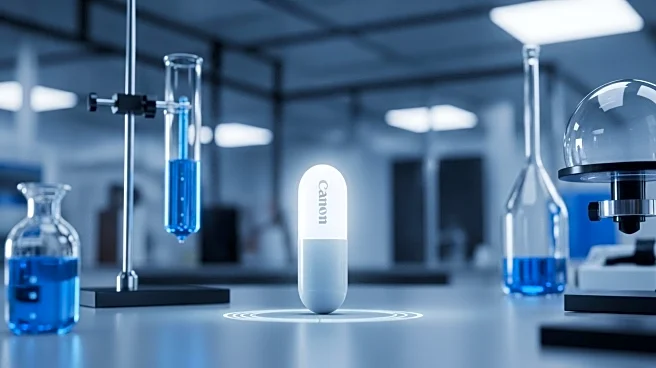What's Happening?
GLP-1 drugs, known for their role in weight loss, are gaining significant attention in the health and wellness sector. These drugs, including Novo Nordisk's Ozempic and Eli Lilly's Mounjaro, are projected to grow from a current market value of $53.46 billion to $156.71 billion by the end of the decade. However, their impact on gut health, a major trend in consumer wellness, is raising questions. The global digestive health products market, valued at $116.92 billion, is expected to reach $270.32 billion by 2034. GLP-1 drugs reduce appetite by targeting neuron receptors linked to the gut-brain axis, potentially affecting macronutrient and fiber intake, which are crucial for gut microbiome health. While users report reduced cravings for processed foods, the long-term effects on the gut microbiome remain largely unknown.
Why It's Important?
The intersection of GLP-1 drugs and gut health presents both challenges and opportunities for the food and beverage industry. As these drugs become more mainstream, understanding their impact on gut health is crucial for developing products that support nutrient density and microbiome stability. The clean label trend, emphasizing fiber-rich options, aligns with the needs of GLP-1 users who may face nutritional deficiencies. This situation calls for innovation in food products that cater to the dietary requirements of these consumers, potentially reshaping the market landscape. The convergence of pharmaceutical weight loss and digestive wellness trends highlights the need for science-led, consumer-conscious product development.
What's Next?
Research into the relationship between GLP-1 drugs and the gut microbiome is ongoing, with potential implications for personalized nutrition and health strategies. As understanding of this relationship deepens, food and beverage manufacturers have the opportunity to create products that address the specific needs of GLP-1 users. This could involve collaborations with nutritionists and dietitians to ensure products meet dietary requirements and prevent malnutrition-related diseases. Additionally, regulatory frameworks may evolve to address labeling and marketing claims related to GLP-1 drugs, influencing product development and consumer trust.
Beyond the Headlines
The rise of GLP-1 drugs highlights broader issues in the pharmaceutical and wellness industries, such as the need for comprehensive research on drug-microbiome interactions. This situation underscores the importance of a holistic approach to health, considering both pharmaceutical and dietary interventions. The potential for personalized nutrition based on microbiome analysis could revolutionize health management, offering tailored solutions for weight loss and gut health. As the market evolves, ethical considerations around marketing and consumer education will be critical in ensuring informed choices and promoting public health.












